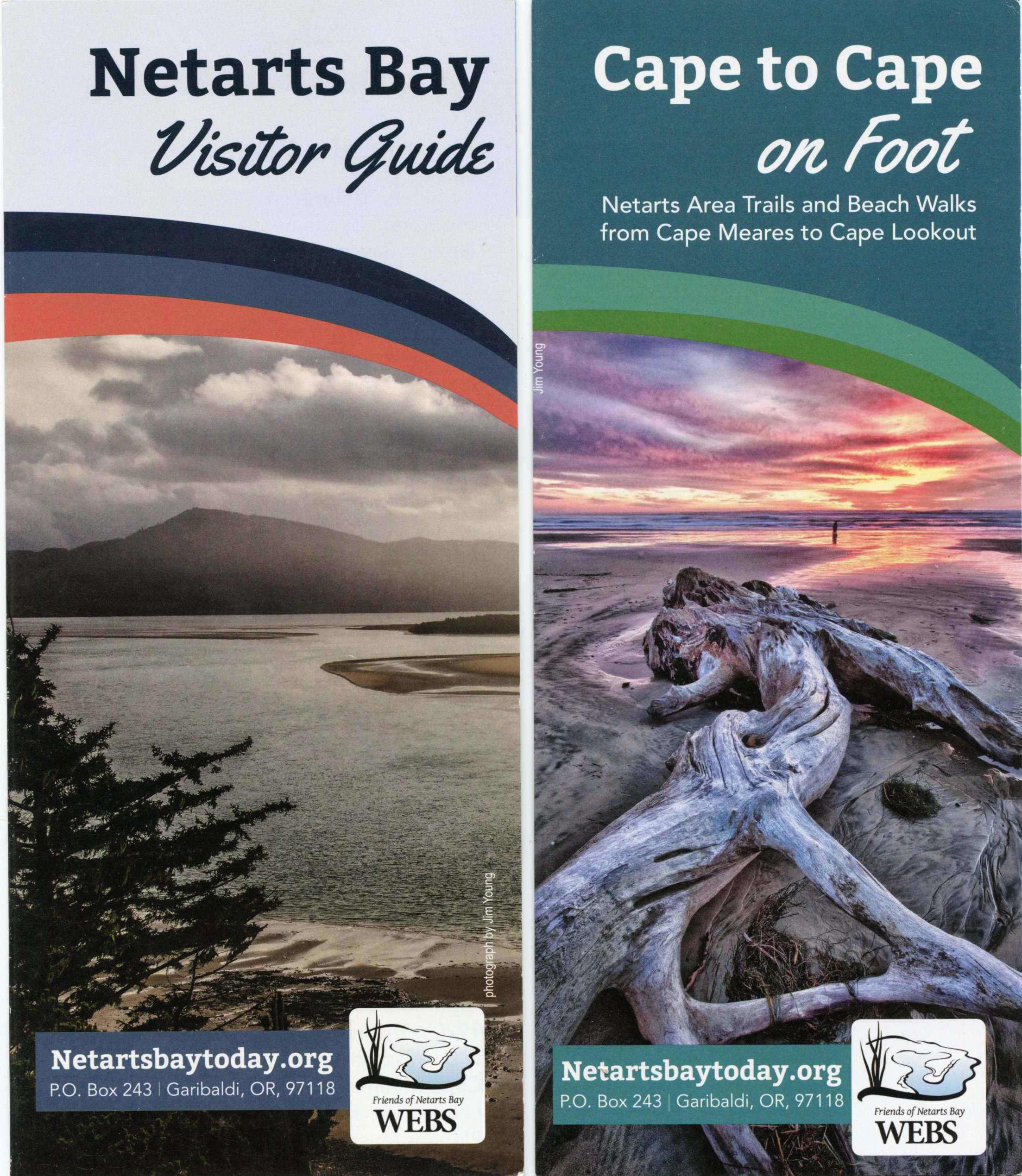Winter storms on the Oregon Coast draw a special breed of tourist, the Storm Watchers. They come here just to see the drama and violence of hurricane-force winds and some of the world’s wildest surf - massive breakers, Brian Bedford’s White Horses, galloping toward shore, trailing manes of white, wind-blown froth from their heads as they pound beaches and rocks, sending spray high into the air. Sunlight refracting through their mist gives them the colors of rainbows.
As Brian Bedford indicated, waves are generated by the wind - at least most are - and it is during winter storms when they are most spectacular. The other kind of wave we might see, or rather we hope not to see, here on the Oregon coast is the tsunami, caused by earthquakes, volcanoes, or underwater landslides. However, when we stand on the beach and look at the surf and the ocean just beyond, we can see two basic kinds of waves - those produced by local winds, (chop and whitecaps are examples) and swells from winds that are far away.
Physicist James S. Trefil (1984) notes, “A wave is a strange thing.” It appears to be water moving in a particular direction, but it’s not. The water itself does not move, except in an orbital motion as the wave passes, and does not travel with the wave. If you could look at an ideal wave (not in a breaker, but in a wave beyond the breakers) in cross section and follow particular chunk of water, you would see it rise with the wave, move forward as it is rising, then move downward as the wave begins to pass, and finally move backward and upward to its original position, traversing a circular path. You can see this easily if you toss a rock into a still pond near a floating stick. The stick will bob in an orbital motion, but will not travel with the waves that pass it. The amount of orbital motion is greatest at the top of a wave and decreases to about zero at a depth that is equal to one half its wavelength, at least in deep water. Ok, here are some terms we need to know. The wavelength is the horizontal distance from the crest of one wave to the crest of the next wave. The height of a wave is the vertical distance from its crest to its trough. The period of a wave is the time between wave crests. The speed of a wave is its wavelength divided by its period
Let’s get back to ocean waves, beginning with those caused by local winds, wherever “local” may be, either here on the coast or far out at sea. As the wind blows over the ocean, the pressure of the moving air deforms its surface, creating initially ripples (called capillary waves by oceanographers), then as the wind speed increases, larger waves. Waves also depend on the wind’s fetch, that is, how far it blows, and for how long. The faster, farther, and longer the wind blows, the bigger the waves. Waves generated by local winds are chaotic and move in all sorts of directions. They form what we commonly call chop, and we speak of this roughness as sea. Marine weather reports might describe the sea as a four-foot sea, a six-foot sea, and so forth. If the waves are steep enough, they break and we get whitecaps. When the wind blowing at a given speed has a long enough fetch and blows for a long enough time, the sea reaches its maximum roughness, beyond which it cannot get any rougher at that wind speed. This is called a fully developed sea. For example, a sea becomes fully developed during a 25 mph wind after it has blown over a distance of 109 miles for 11.5 hours (Thurman 1991).









